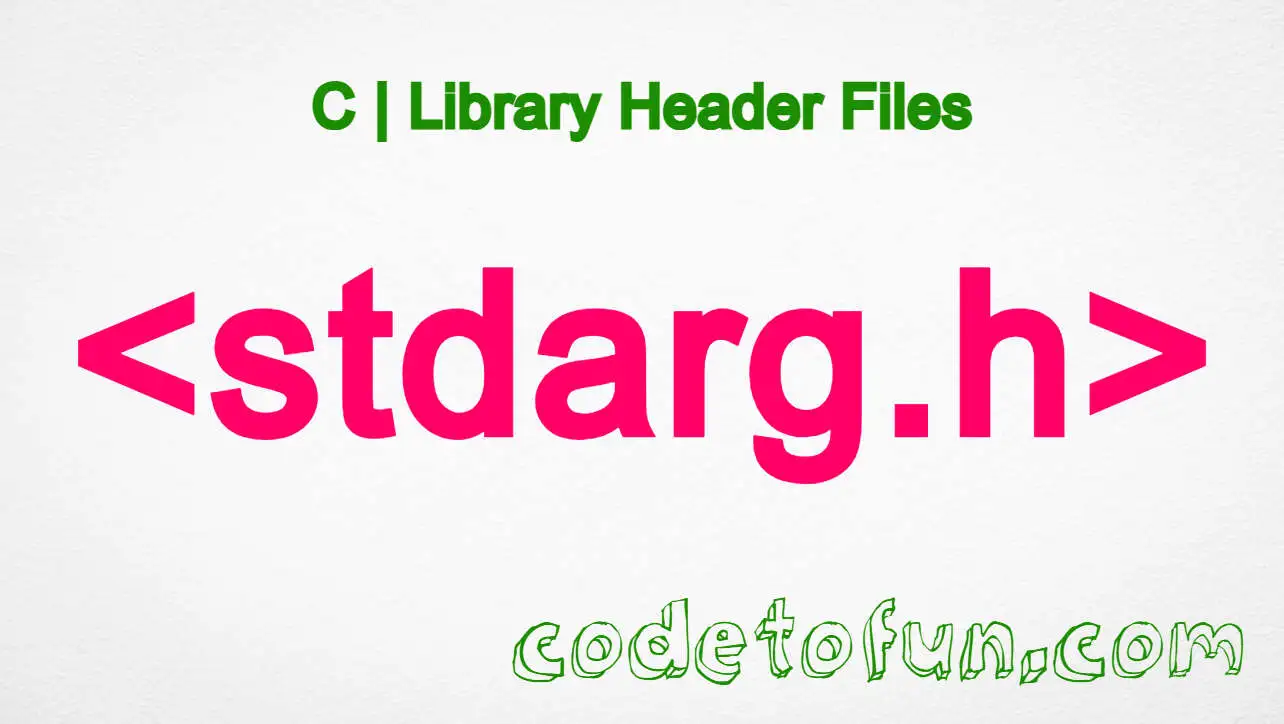
jQuery Basic
jQuery Callbacks
jQuery callbacks.add() Method

Photo Credit to CodeToFun
🙋 Introduction
In the realm of asynchronous programming, effective coordination and management of callbacks are essential for ensuring smooth execution and handling of tasks. jQuery provides a versatile toolkit for handling asynchronous operations, including the callbacks.add() method, which offers a streamlined approach to managing multiple callbacks.
In this comprehensive guide, we'll delve into the intricacies of the callbacks.add() method, exploring its syntax, applications, and how it relates to deferred operations in jQuery.
🧠 Understanding callbacks.add() Method
The callbacks.add() method is a valuable component of jQuery's Callbacks Object API, which facilitates the management of callback functions in asynchronous operations. It enables developers to add additional callbacks to a callbacks object, providing flexibility and extensibility to their code.
💡 Syntax
The syntax for the callbacks.add() method is straightforward:
callbacks.add( callback [, callback ] )- callback: A function to be added to the callbacks object. Multiple callbacks can be added sequentially.
📝 Example
Let's dive into a simple example to illustrate the usage of the callbacks.add() method:
var callbacks = $.Callbacks();
callbacks.add(function() {
console.log("First callback executed");
});
callbacks.fire();
callbacks.add(function() {
console.log("Second callback executed");
});
callbacks.fire();The above jQuery code will produce the following output.
First callback executed Second callback executed
🏆 Best Practices
When working with the callbacks.add() method, consider the following best practices:
Clear Naming:
Use descriptive names for callbacks to enhance code readability and maintainability.
Error Handling:
Implement robust error handling mechanisms within callback functions to gracefully handle unexpected scenarios.
Documentation:
Document the purpose and usage of callback functions to assist other developers in understanding and extending your code.
Testing:
Thoroughly test callback functions and their interactions with other parts of your application to ensure reliability and correctness.
Consistency:
Maintain consistency in the use of callbacks throughout your codebase to promote a cohesive and predictable programming style.
📚 Use Cases
Deferred Operations:
Integrate
callbacks.add()with deferred objects to manage callbacks in asynchronous operations such as AJAX requests, animations, and timers.Event Handling:
Utilize callbacks to handle events in a concise and organized manner, enabling modularization and reusability of event-driven functionality.
Plugin Development:
Enhance the extensibility of jQuery plugins by utilizing
callbacks.add()to allow developers to extend functionality through additional callback functions.Asynchronous Programming Patterns:
Implement common asynchronous programming patterns such as the Observer pattern or Pub/Sub pattern using callbacks, fostering decoupling and scalability in your codebase.
🎉 Conclusion
The callbacks.add() method in jQuery empowers developers to manage callback functions effectively in asynchronous operations, providing a flexible and intuitive mechanism for coordinating tasks.
By understanding its syntax, exploring its applications, and adhering to best practices, you can leverage callbacks.add() to enhance the robustness and scalability of your JavaScript applications. Incorporate this powerful tool into your toolkit to streamline asynchronous programming and unlock new possibilities in your projects.
👨💻 Join our Community:
Author

For over eight years, I worked as a full-stack web developer. Now, I have chosen my profession as a full-time blogger at codetofun.com.
Buy me a coffee to make codetofun.com free for everyone.
Buy me a Coffee











